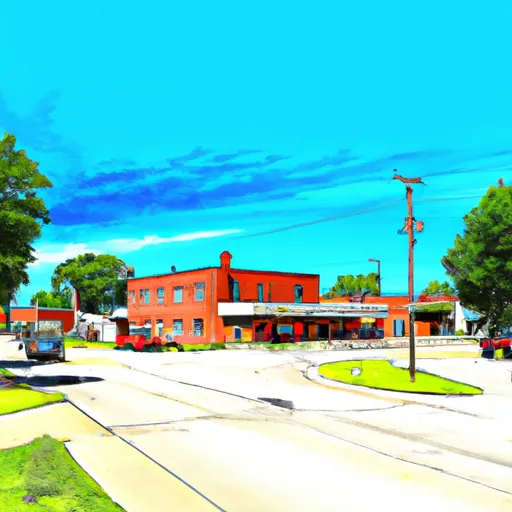°F
°F
mph
Windspeed
%
Humidity











McFarland is a charming village located in Dane County, Wisconsin. Situated just outside of Madison, the state capital, it offers a perfect blend of suburban comfort and natural beauty. The climate in McFarland is characterized by cold winters, with average temperatures ranging from the mid-20s to mid-30s Fahrenheit, and warm summers, with average temperatures in the mid-70s to mid-80s Fahrenheit.
Hydrology constituents in McFarland are primarily influenced by the Yahara River, which flows through the village. This river provides scenic beauty and various recreational opportunities. The water quality in the area is well-maintained, making it ideal for fishing, boating, and kayaking. The village also features several parks and trails, such as McFarland Park and Lake Waubesa Wetlands State Natural Area, which offer opportunities for hiking, picnicking, and wildlife observation.
The outdoor recreation opportunities in McFarland are abundant. Lake Waubesa and Lake Kegonsa are popular spots for swimming, fishing, and water sports. The village is also home to various sports fields and a golf course, providing options for active individuals. With its proximity to Madison and the surrounding natural areas, McFarland offers a fantastic blend of outdoor activities and small-town charm.
Weather Forecast
Mc-Farland receives approximately 891mm of rain per year, with humidity levels near 83% and air temperatures averaging around 8°C. Mc-Farland has a plant hardyness factor of 5, meaning plants and agriculture in this region thrive during a short period during spring and early summer. Most plants will die off during the colder winter months.
Regional Streamflow Levels
392
Cubic Feet Per Second
67
Cubic Feet Per Second
6,600
Cubic Feet Per Second
4,700
Cubic Feet Per Second
Nearby Camping
| Camping Area | Reservations | Toilets | Showers |
|---|---|---|---|
| Lake Walker Military - Camp Shelby | |||
| McLeod Water Park | |||
| Flint Creek Waterpark | |||
| Moodys Landing | |||
| Buccaneer State Park | |||
| Paul B Johnson State Park |



